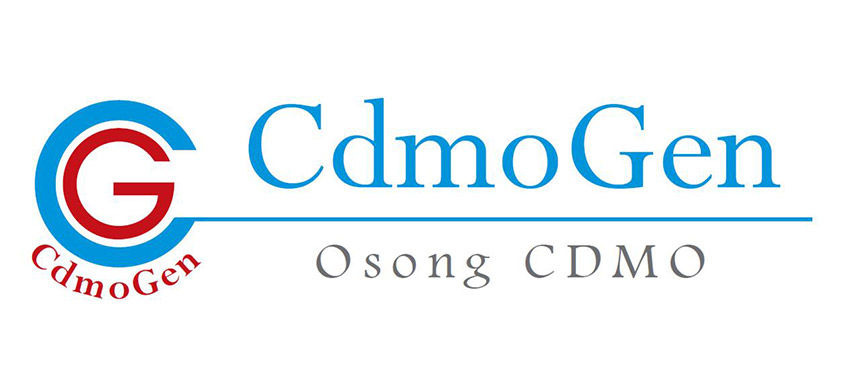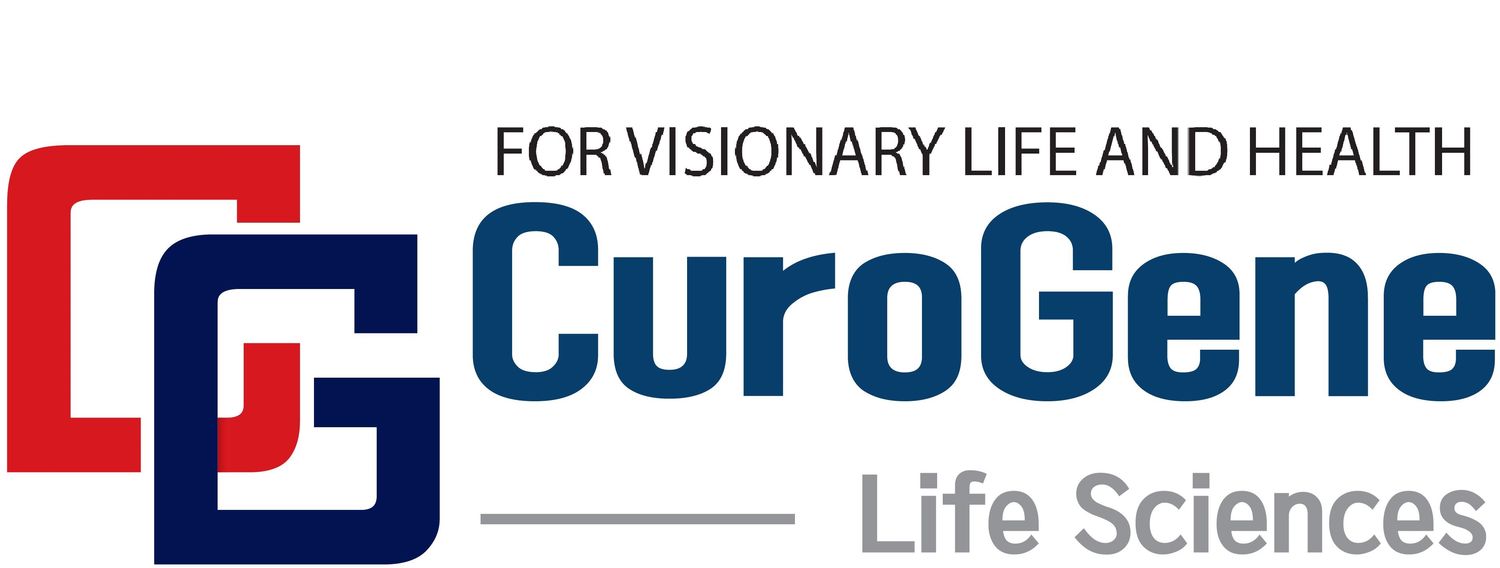In previous animal model studies, we demonstrated the potential of rAAV2-sVEGFRv-1, which encodes a truncated variant of the alternatively spliced soluble version of VEGF receptor-1 (VEGFR1), as a human gene therapy for age-related macular degeneration (AMD) and diabetic retinopathy (DR). Here, we elucidate in vitro some of the mechanisms by which rAAV2-sVEGFRv-1 exerts its therapeutic effects. Human umbilical vein endothelial cells (HUVECs) were infected with rAAV2-sVEGFRv-1 or a control virus vector in the presence of members of the VEGF family to identify potential binding partners via ELISA, which showed that VEGF-A, VEGF-B, and placental growth factor (PlGF) are all ligands of its transgene product. In order to determine the effects of rAAV2-sVEGFRv-1 on cell proliferation and permeability, processes that are important to the progression AMD and DR, HUVECs were infected with the therapeutic virus vector under the stimulation of VEGF-A, the major driver of the neovascularization that characterizes the forms of these conditions most associated with vision loss. rAAV2-sVEGFRv-1 treatment, as a result, markedly reduced the extent to which these processes occurred, with the latter determined by measuring zonula occludens 1 expression. Finally, the human microglial HMC3 cell line was used to show the effects of the therapeutic virus vector upon inflammatory processes, another major contributor to angiogenic eye disease pathophysiology, with rAAV2-sVEGFRv-1 reducing therein the secretion of pro-inflammatory cytokines interleukin (IL)-1β and IL-6. Combined with our previously published in vivo data, the in vitro activity of the expressed transgene here further demonstrates the great promise of rAAV2-sVEGFRv-1 as a potential human gene therapeutic for addressing angiogenic ocular conditions.








